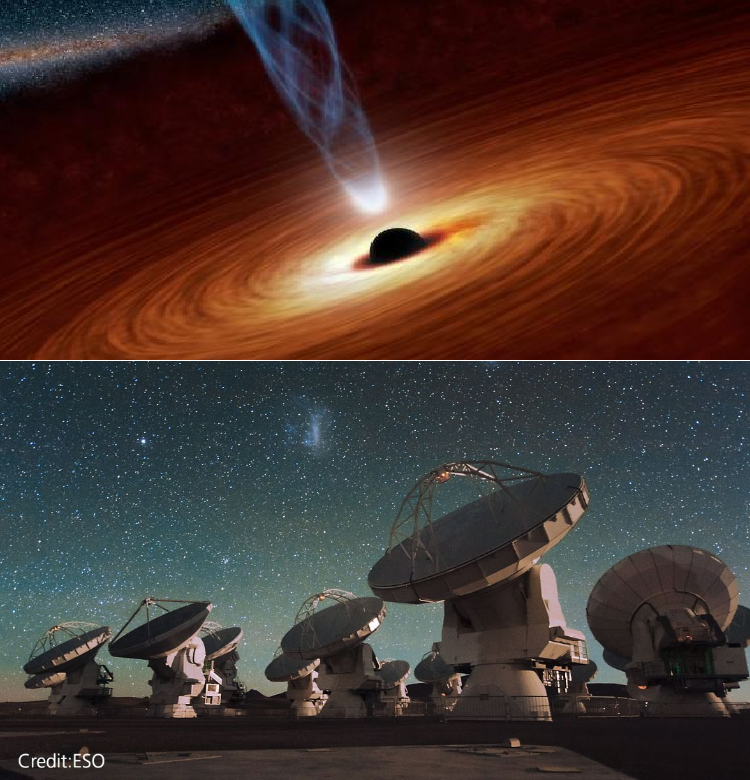0(0 Ratings)
Astrophysics — IGCSE Physics (Edexcel)

What I will learn?
- You would learn entire Astrophysics course for Edexcel IGCSE certificate
Course Curriculum
8.1 Units
We would learn units that are in use in this topic
-
8.1 use the following units: kilogram (kg), metre (m), metre/second (m/s), metre/second2 (m/s2), newton (N), second (s), newton/kilogram (N/kg)
00:00 -
Measuring units used in Astrophysics
8.2 Motion in the universe — what universe, galaxy and solar system is made up of
We would look what universe, galaxies and stars are made up of and how and what kind of motion they perform
-
8.2 know that: • the universe is a large collection of billions of galaxies • a galaxy is a large collection of billions of stars • our solar system is in the Milky Way galaxy
-
section 8.2
8.3 Motion in the universe — gravitational field strength
understand what is gravitational field strength, g, and how it influence a mass
-
8.3 understand why gravitational field strength, g, varies and know that it is different on other planets and the Moon from that on the Earth
-
Quiz: Motion in the universe — gravitational field strength, g
8.4 Motion in the universe — gravitational force
gravitational force is the force responsible for the shape and motion of the stars and planets
-
8.4 explain that gravitational force: • causes moons to orbit planets • causes the planets to orbit the Sun • causes artificial satellites to orbit the Earth • causes comets to orbit the Sun
-
Quiz– gravitational force
8.5 Motion in universe — difference in orbits of planets and comets
-
8.5 describe the differences in the orbits of comets, moons and planets
-
Quiz: 8.5
8.6 Motion in the universe — orbital velocity
-
8.6 use the relationship between orbital speed, orbital radius and time period
00:00 -
Quiz — orbital velocity
Stellar Evolution — 8.7 and 8.8 Classification of stars and their surface temperature
-
8.7 and 8.8: Stars classification and their color
-
Quiz — 8.7 and 8.8
Stellar Evolution — 8.9 Evolution of low mass star
-
8.9 describe the evolution of stars of similar mass to the Sun through the following stages: • nebula • star (main sequence) • red giant • white dwarf.
-
Quiz 8.9– Evolution of a low mass star
Stellar Evolution — 8.10P Evolution of a star more massive than the Sun
-
8.10 describe the evolution of stars with a mass larger than the Sun
-
Quiz — Evolution of a star more massive than the Sun
Stellar Evolution — 8.11P Absolute Magnitude
-
8.11P understand how the brightness of a star at a standard distance can be represented using absolute magnitude.
-
Quiz — Absolute Magnitude
Stellar Evolution — 8.12P HR Diagram
-
8.12P draw the main components of the Hertzsprung–Russell diagram (HR diagram).
-
Quiz — HR diagram
Cosmology — 8.13P The Big Bang Theory
-
8.13P describe the past evolution of the universe and the main arguments in favour of the Big Bang.
-
Quiz — The Big Bang Theory
Cosmology — 8.14 and 8.18: Proofs of Big Bang Theory
-
8.14P & 8.18P: Evidences of big bang, Red-Shift and CMBR)
-
Quiz — 8.14P & 8.18P: Proofs of Big Bang
Cosmology — 8.15P & 8.17P: Doppler’s effect of light and Red-Shift
-
8.15P and 8.17P: Doppler’s effect of light
-
Quiz — 8.15P & 8.17P
Cosmology — 8.16P: Doppler’s equation
-
8.16: Using doppler’s equation to find Red-shifted wavelength of galaxies
Topic Related past papers questions and marking scheme
-
Topic Related past papers questions and marking scheme
00:00
Consolidated Quiz
-
Quiz 1
Student Ratings & Reviews

No Review Yet
Free
Free access this course
-
LevelIntermediate
-
Total Enrolled22
-
Duration16 hours
-
Last UpdatedNovember 1, 2025
Hi, Welcome back!
A course by
Material Includes
- Notes
- Videos
- Quizzes
- Past paper questions on the topic
Requirements
- Internet
- Basic understanding of Physics
Tags
Target Audience
- Grade 9,10 and 11 students